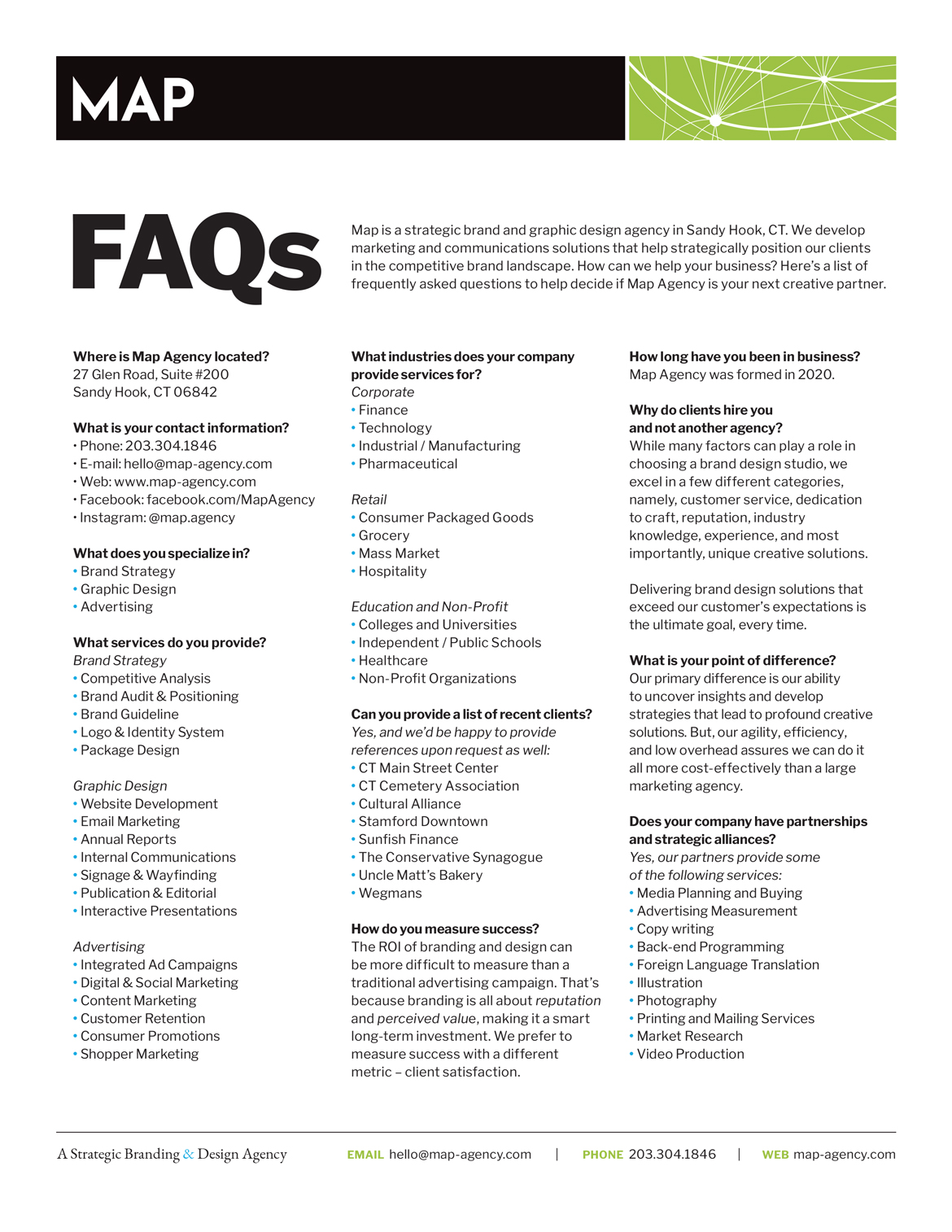The traditional 64-page, full color printed Annual Report stands at an interesting junction. On one hand, the Annual Report is an excellent device to inform company shareholders of their intelligent investment. On the other, it often takes more than 64 glossy pages to convince investors, institutional or individual, that their hard-earned dollars were put to good use — especially when corporate earnings don’t exactly beat analysts’ expectations. Certainly, company profits could be spent more wisely than printing these 64 pages, thousands of times.
So let’s rephrase the opening statement like this: printed Annual Reports are expensive and time-intensive. The cost to design, print, and deliver is astronomical. Companies hire design firms (like ours) who, in turn, hire writers, photographers, and illustrators to construct a story of impressive corporate decisions. But do investors actually read these tomes? Companies close their books on December 31st and release their earnings shortly thereafter. What investor in the Information Age can afford to wait another 4 months to find out the results? Of course nobody has that kind of patience, the financial information is already old news!
To be sure, the Annual Report isn’t going anywhere. Many laws require companies to release information about their yearly activities and financial performance. Enron and countless other corporations have taught consumers that fraudulent accounting practices can lead to disastrous financial results. Transparency is good for business. Plus, investors and interested people have a right to see, among other pieces of information, company policies, balance sheets, and operating and financial reviews. What is the correct way to present this information? Poor results couldn’t possibly merit the production of that 64-page book. Even companies with very positive earnings are right to worry about how the typical Annual Report reflects on their own policies and spending. Corporate Social Responsibility, Giving, and Green Reports all necessitate an alterative, responsible approach.
Lucky for us, companies also realize the importance that creativity plays in solving complicated communications problems. Designers have been at the forefront of the dramatic shift from print to web in even the most traditional print formats like newspapers and magazines. Because of the convenience and accessibility, we are now forging the shift from desktop browsers to tablet and mobile devices. Graphic design companies that refuse to continually adapt miss huge opportunities in corporate communications. Yes, opportunities exist in rethinking that old, 64-page, full color report.
At Map Agency, we recently needed to find the appropriate format for a Giving Report. A large client of ours donates millions of dollars worth of medicine to countries in need, and their employees donate thousands of hours in community service each year. We were afforded the task of creating a report that sheds light on the positive impact that their donations provide. In addition to brainstorming unique formats, we performed an extensive audit of the current Annual Report landscape. Ultimately, we presented three Annual Report options, briefly explaining the pros and cons of each format, along with cost and time implications. Here, we present our findings in an abridged version for designers, clients, and companies to consider for future reports:
1: Interactive PDFs
This is probably the path of least resistance, since it involves page layout programs and formats that traditional print designers are most familiar with. However, don’t let tradition get in the way – both InDesign and Acrobat have plenty of new tools that can add to the interactive experience. Designers should explore different navigation techniques and animations that are typically associated with the web.
www.adobe.com
2: Websites
With many template-driven CMSs (Content Management Systems) available, such as WordPress, it is easier than ever to create a web-based Annual Report. And theme options aren’t limited for stay-at-home bloggers anymore – many corporate-driven templates have been developed that include just about every professional widget or plugin a large company would need.
themeforest.net
3: Apps
Mobile and tablet apps are the modern Mercedes-Benz of Annual Reports. They are touch-screen driven, and users are encouraged to pinch and swipe their way around the interactive data. Don’t have any app development experience? As you might expect, software already exists to translate InDesign documents and some websites into fully functioning apps. Just understand that app development probably involves the steepest learning curve.
www.magplus.com
By no means was our research exhaustive but, clearly, each option saves our customers the costs of printing and delivery. In addition, shareholders’ perceived costs of production and delivery are much lower, since customers would receive the report by email, or access it directly from the company’s website. Perhaps most importantly, readers get a unique interactive experience that is unlike any printed Annual Report.
Henry Ford once famously stated, “If I had asked people what they wanted, they would have said faster horses.” By 1927, 15 million Model-T’s had come off his Michigan assembly line, at which point he thought his next production model was so different, it required the naming process to start anew, calling it the Model-A. A similar leap should be made in corporate reporting practices. It’s time to convince companies and our own clients to ditch the horse, and climb aboard the new Model-A of Annual Reports – interactivity. In the future, when money is flowing like a raging river, consumers might even encourage corporate glitz and glam. Like Henry Ford, designers would be wise to look for even newer reporting practices and models.

